Most drivers do not realize that everyday habits behind the wheel can quietly shorten a car’s life. From hard launches to sloppy parking, small mistakes add up over thousands of miles. If you want to keep your vehicle running smoothly and avoid expensive repairs, it helps to know what not to do. Here are 12 bad driving habits that wear out your vehicle faster than you think, along with the real repairs and costs they can lead to.
Riding the Brakes

Keeping your foot pressed lightly on the brake pedal while driving downhill or in traffic causes constant heat buildup. This leads to glazed brake pads, warped rotors, and premature wear. Pads that should last 40,000 miles may need replacing in half that time. A new set of pads and rotors typically costs between 300 and 700 dollars. Using engine braking by downshifting and applying firm, controlled braking will prevent these costly repairs.
Flooring the Accelerator from a Stop
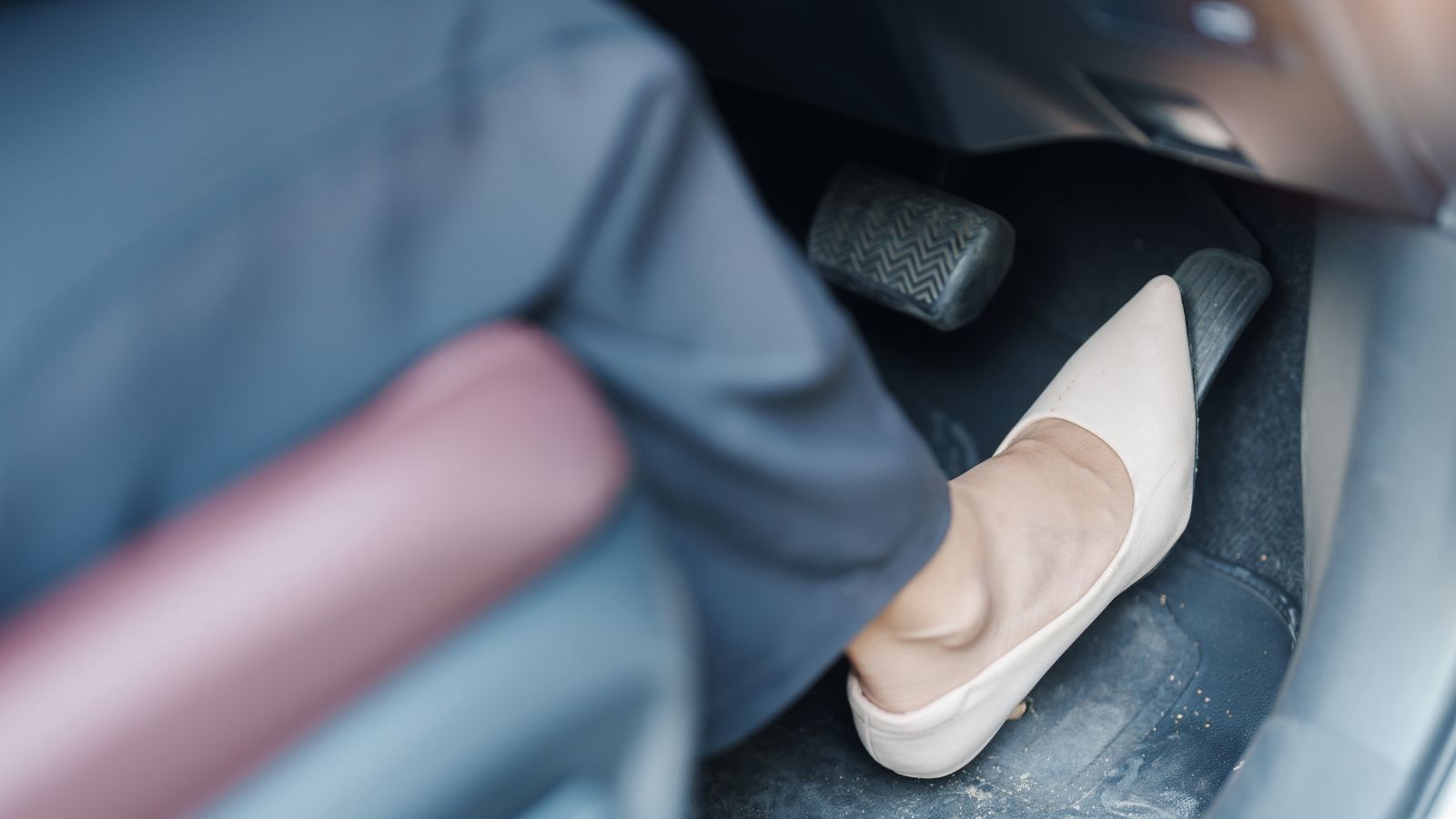
It might feel fun to mash the gas pedal at every green light, but rapid acceleration stresses the transmission, engine mounts, and drivetrain. This habit can cause broken mounts, worn clutches, or transmission slip. Engine mounts alone can cost 400 to 800 dollars to replace, while transmission repairs can easily run 1,500 dollars or more. Gentle takeoffs protect your wallet as much as your car.
Ignoring Warm Up Time in Cold Weather
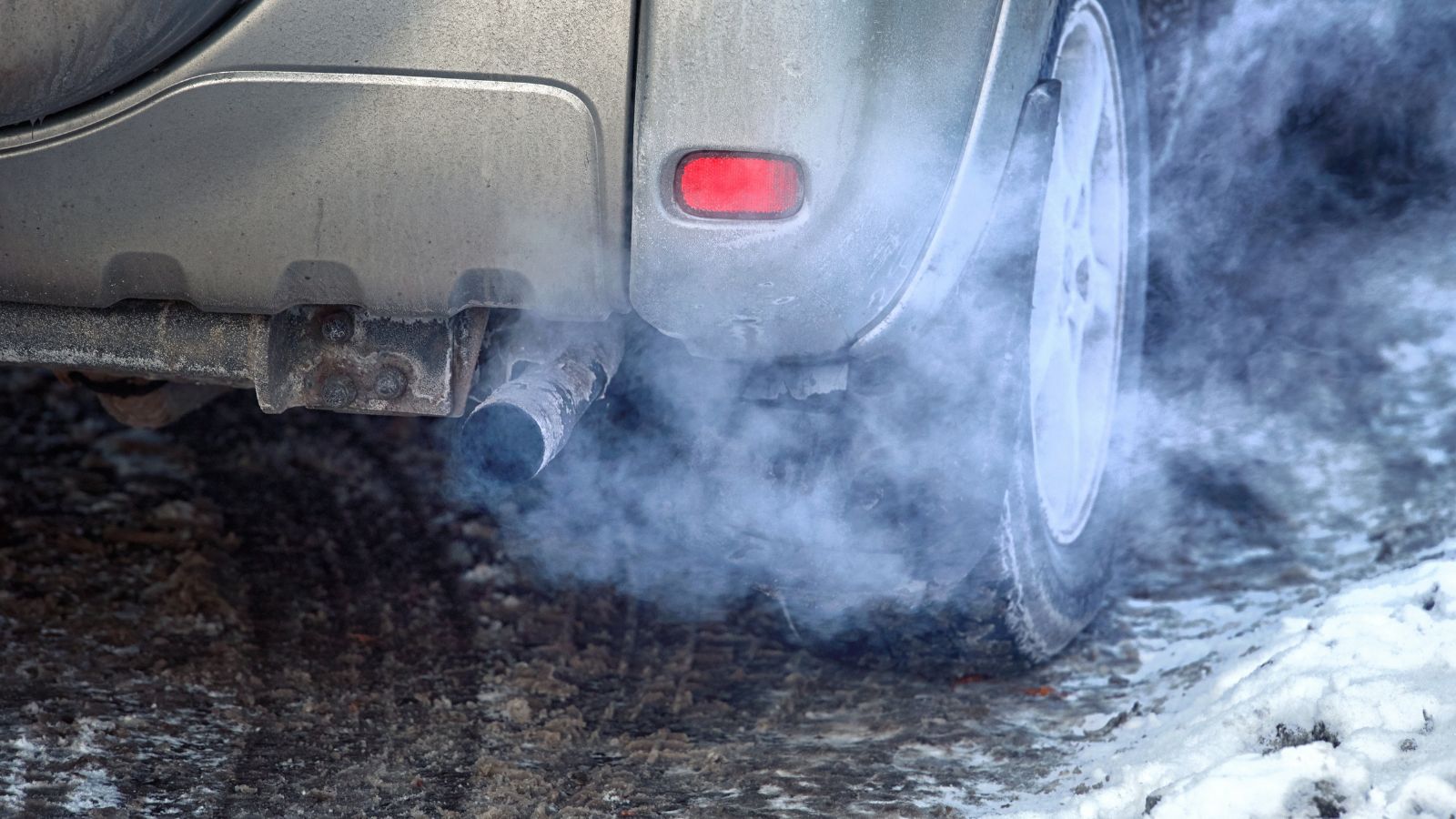
Driving hard immediately on a freezing morning does more damage than you think. Cold oil flows slowly, starving engine parts of lubrication and creating premature wear. Pistons and bearings take the brunt of the damage, and eventually this can lead to an engine rebuild costing 3,000 to 5,000 dollars. Giving the car a minute to idle or driving gently for the first few miles greatly reduces risk.
Hard Braking at the Last Second
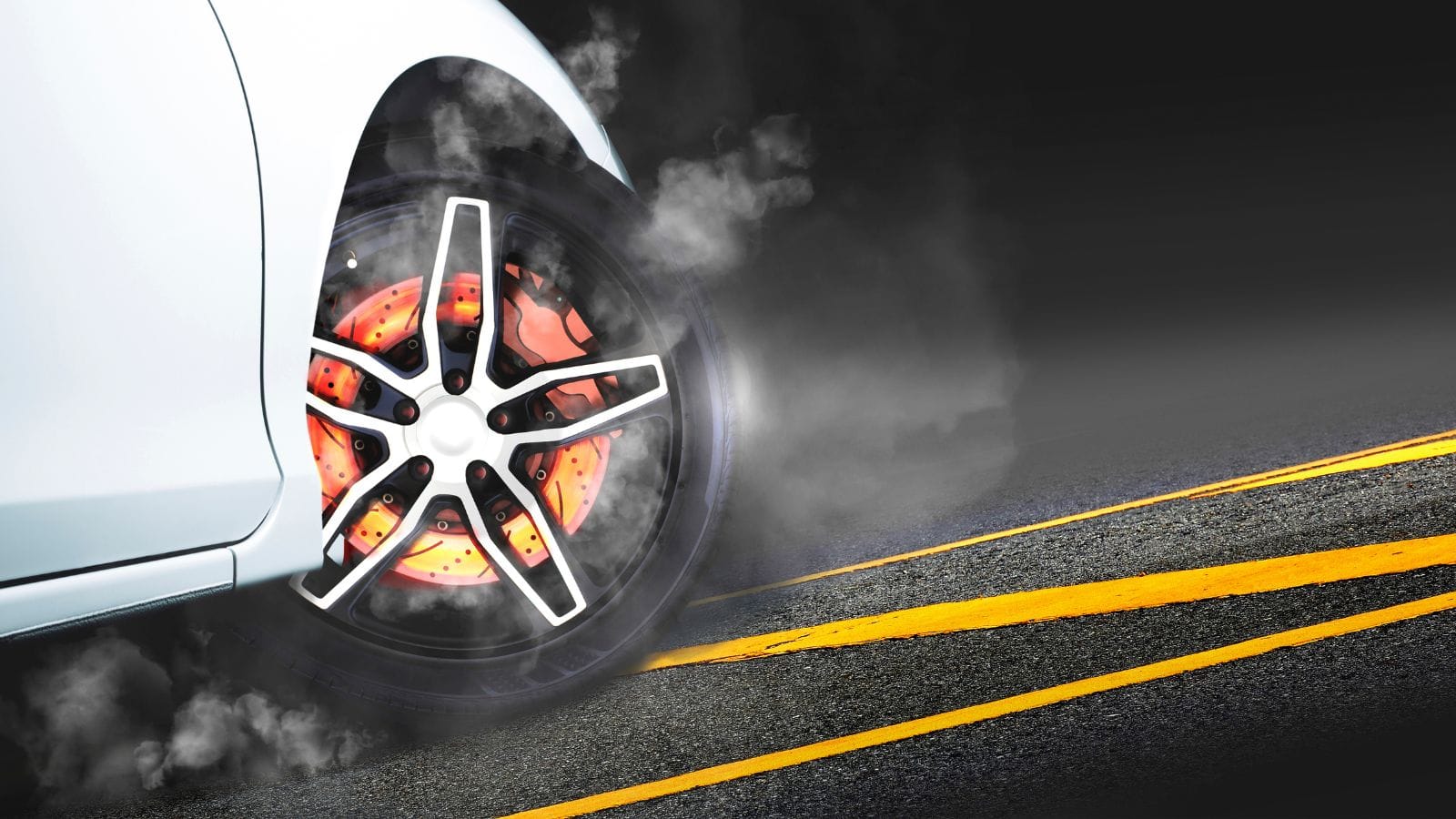
Slamming the brakes instead of braking gradually overheats pads, warps rotors, and chews through tires. It also puts stress on the suspension as the weight transfers violently forward. A complete brake job with pads and rotors can cost 500 dollars, while suspension repairs can add another 1,000. Smooth braking extends the life of multiple components at once.
Riding the Clutch
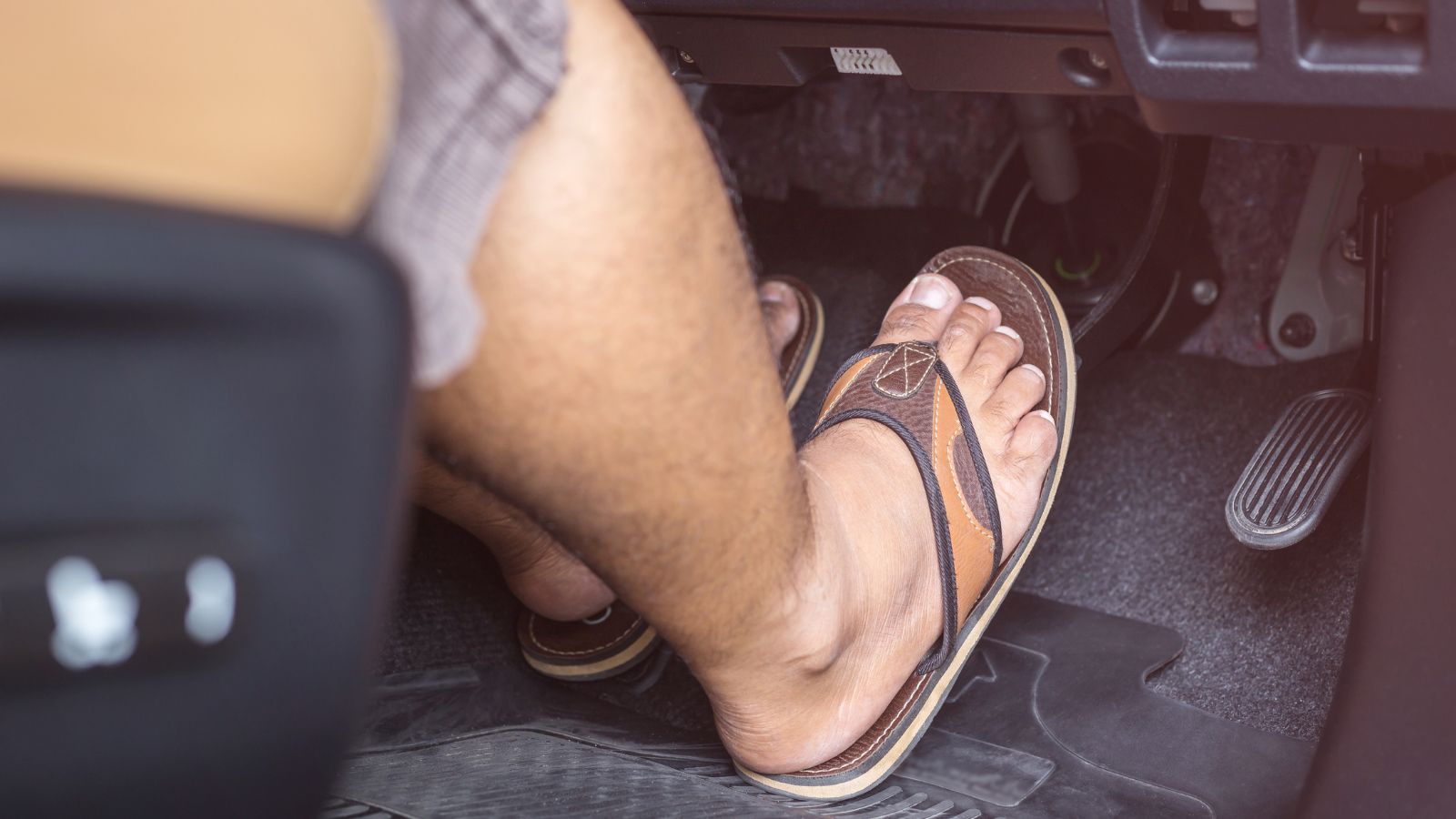
Manual transmission drivers often rest their foot lightly on the clutch pedal, keeping it partially engaged. This creates friction and heat, wearing the clutch prematurely. A clutch replacement costs 800 to 1,500 dollars depending on the car, and in performance models, it can be even higher. Training yourself to keep your foot off the pedal unless you are shifting saves big money.
Shifting from Reverse to Drive Without Stopping
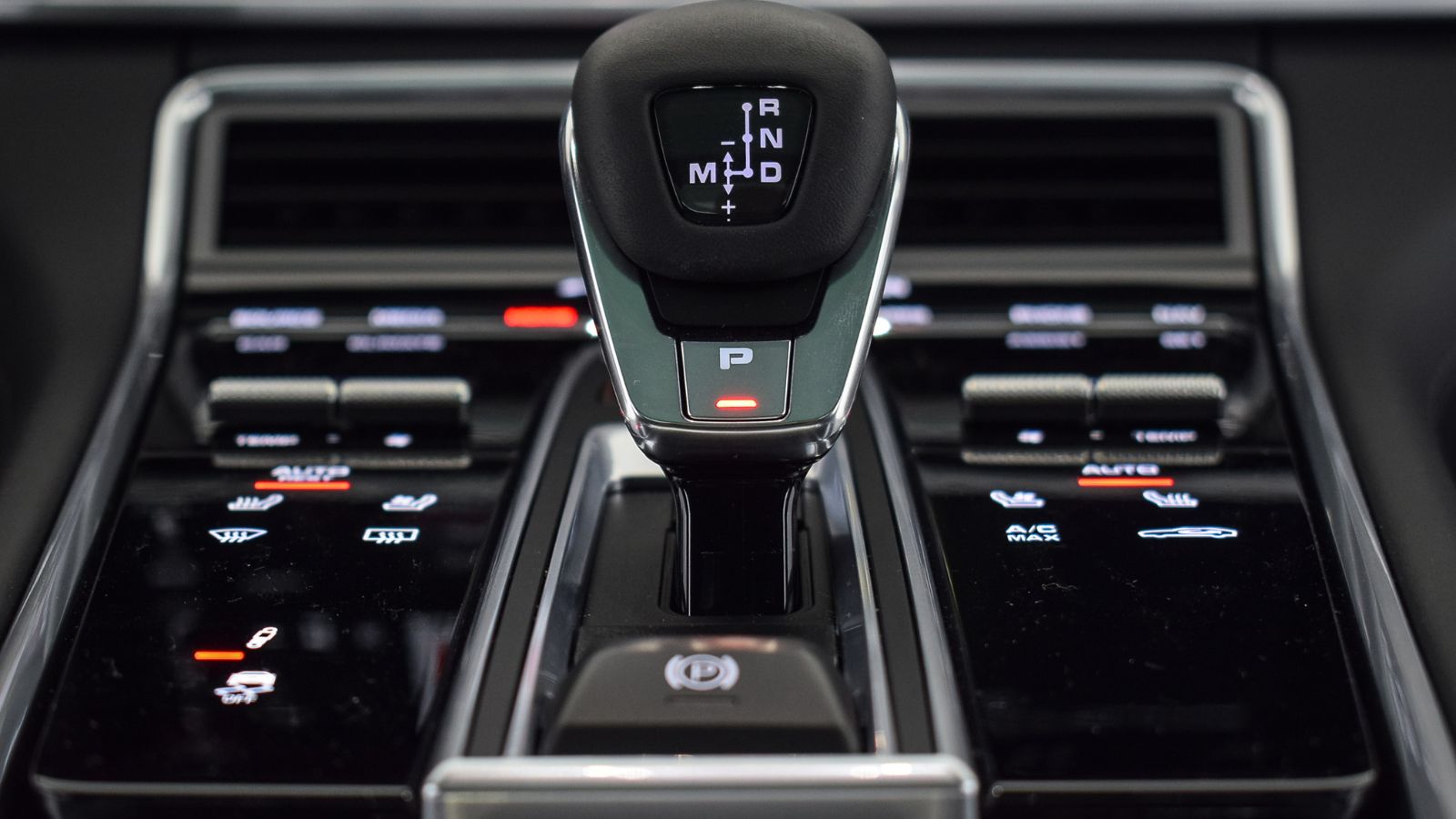
Throwing an automatic transmission from reverse to drive (or vice versa) while the car is still rolling puts enormous stress on the gearbox. This habit can break internal gears and clutches, leading to rough shifting or total transmission failure. Transmission replacement is one of the most expensive repairs, typically costing 3,000 to 5,000 dollars. Taking an extra second to stop completely saves years of transmission life.
Overloading the Vehicle
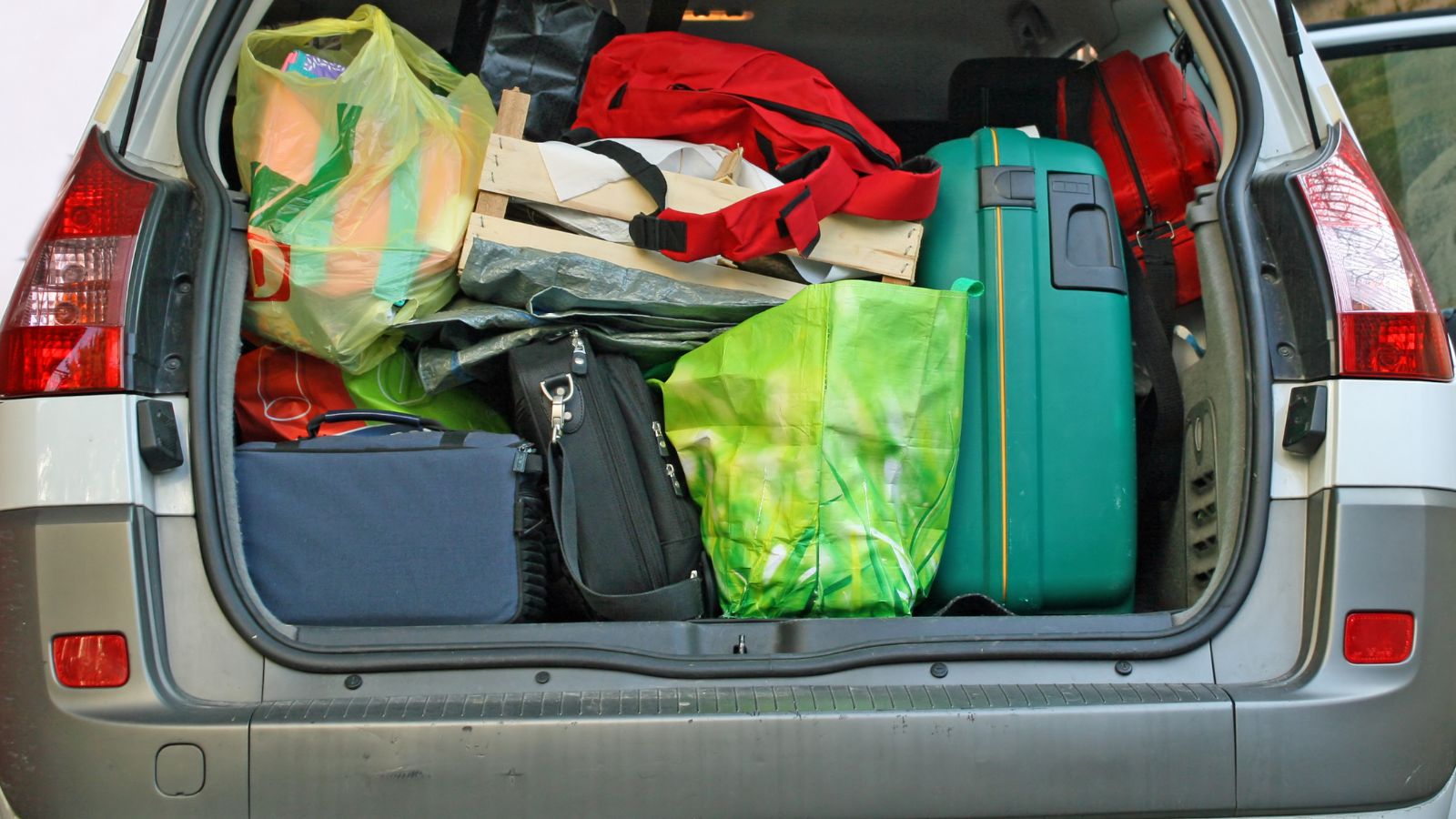
Carrying more weight than your vehicle is rated for strains suspension, tires, and brakes. Overloading can blow out shocks, deform springs, and overheat the brakes on long trips. Suspension repairs average 1,000 dollars for shocks and struts, while new tires cost another 500 to 1,000. Checking the load rating in your owner’s manual prevents these headaches.
Hitting Potholes and Speed Bumps Hard

Flying over potholes or hitting speed bumps too fast bends wheels, damages tires, and knocks suspension out of alignment. Wheel replacement averages 200 to 500 dollars each, while alignment and suspension damage can cost 200 to 1,500. Driving cautiously over rough roads dramatically cuts down on repair bills and keeps the car tracking straight.
Neglecting to Use the Parking Brake
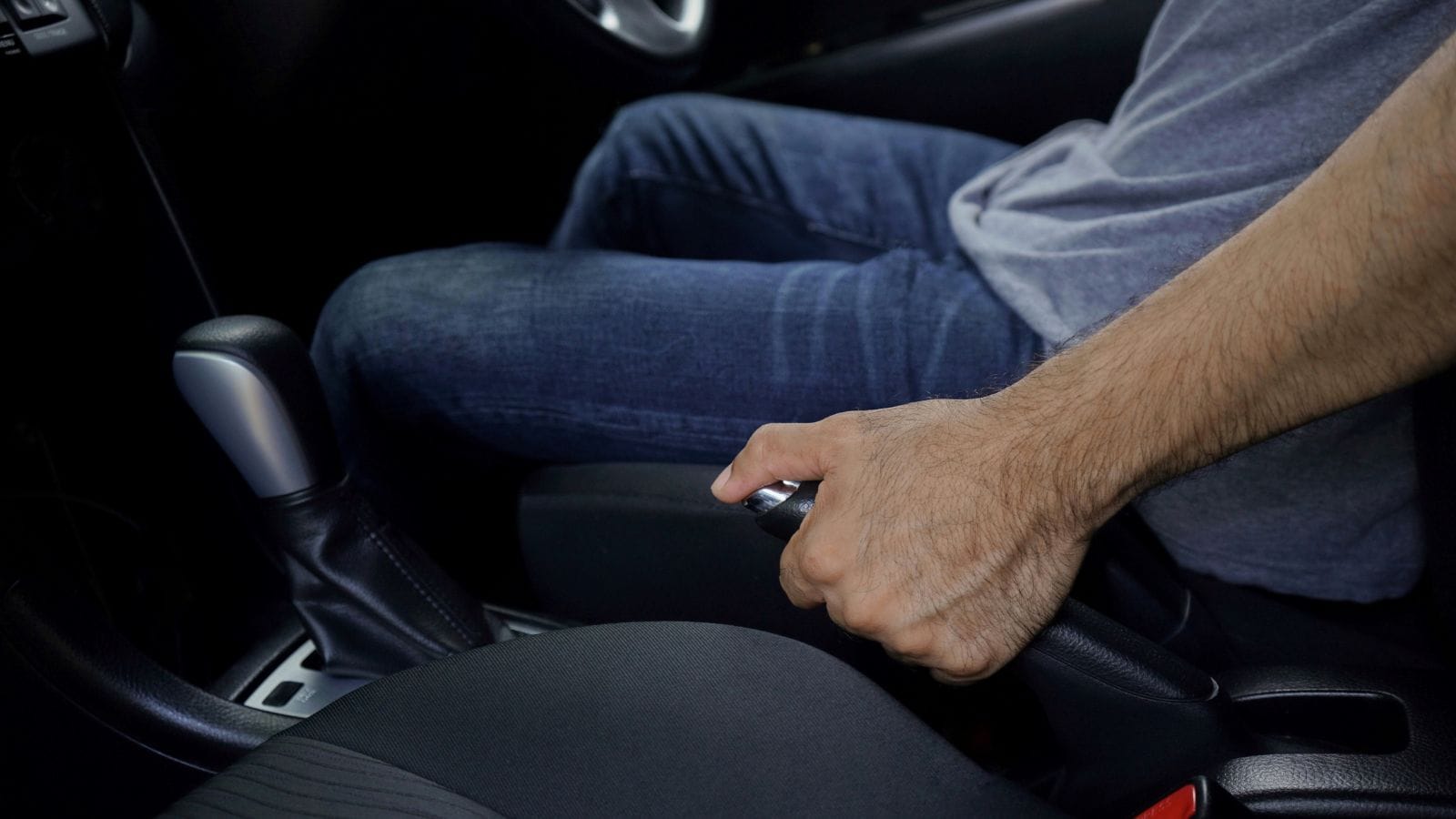
Many automatic drivers never use the parking brake, relying solely on the transmission’s parking pawl. On hills, this tiny component bears the full weight of the car, leading to early transmission wear. Repairing internal transmission parts costs thousands. Using the parking brake adds no effort but can save you from a 2,000 dollar repair bill.
Driving with Low Fuel Regularly
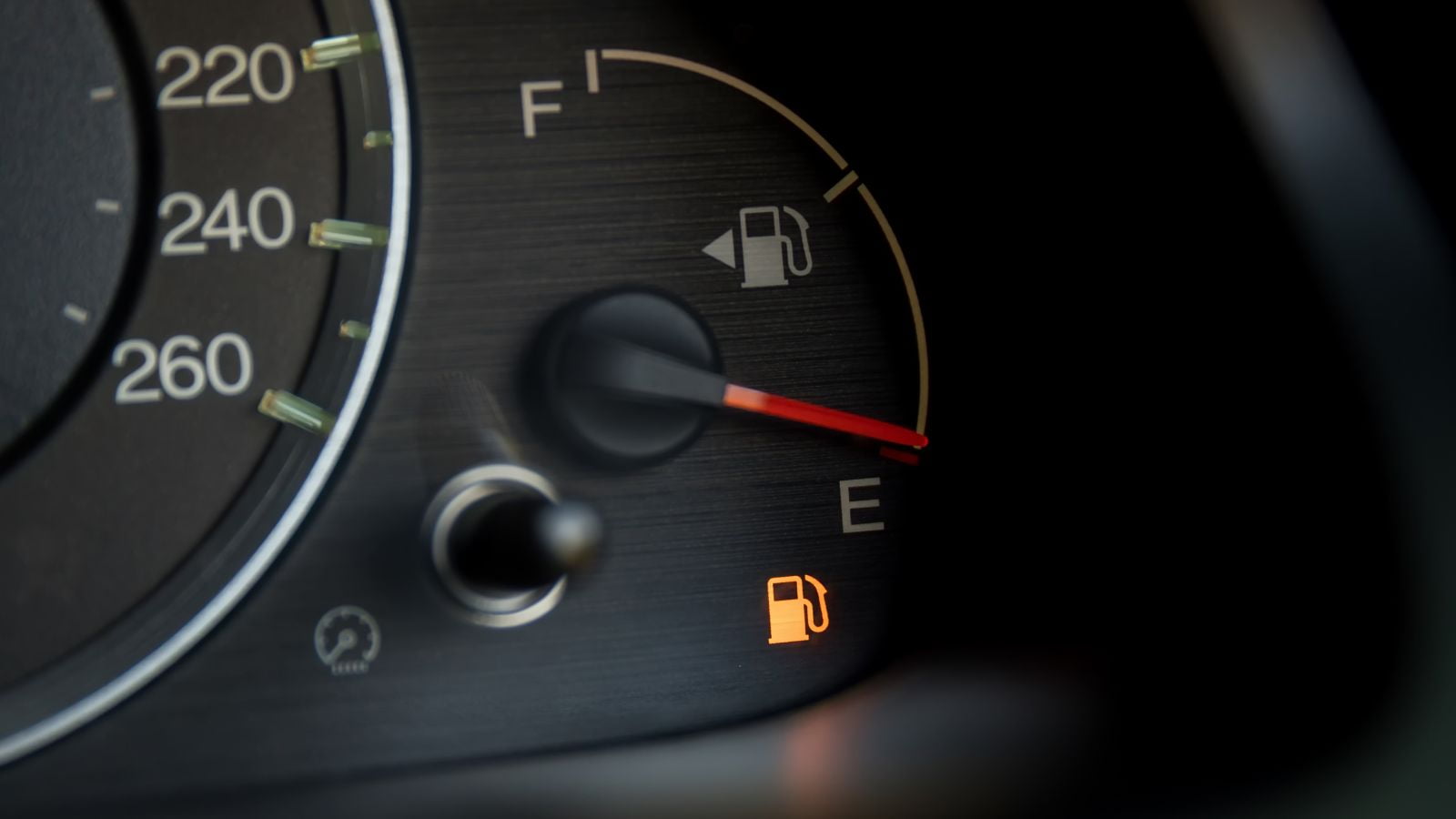
Constantly running close to empty allows sediment in the tank to get sucked into the fuel pump and injectors. It also starves the fuel pump of cooling, causing premature failure. A fuel pump replacement averages 600 to 1,000 dollars, while clogged injectors add hundreds more. Keeping your tank above a quarter full extends the life of your fuel system.
Resting Hands on the Gear Shifter
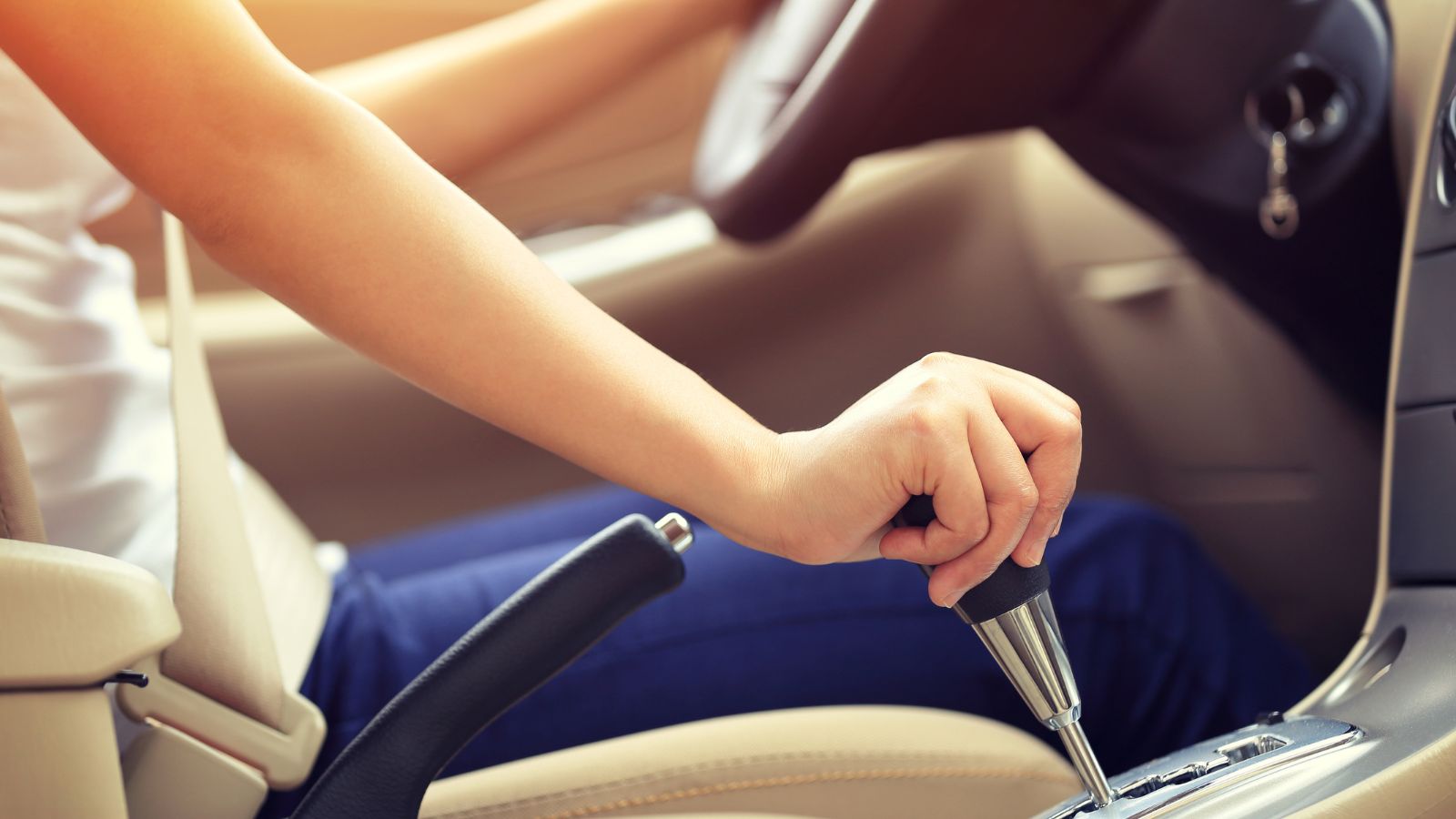
Manual drivers often rest their hand on the shifter, but this applies pressure to the shift forks and synchronizers inside the transmission. Over time, this leads to grinding gears and premature wear. Rebuilding a transmission can cost 2,000 to 4,000 dollars. Keeping both hands on the wheel not only prevents this but also makes you a safer driver.
Ignoring Warning Lights and Noises
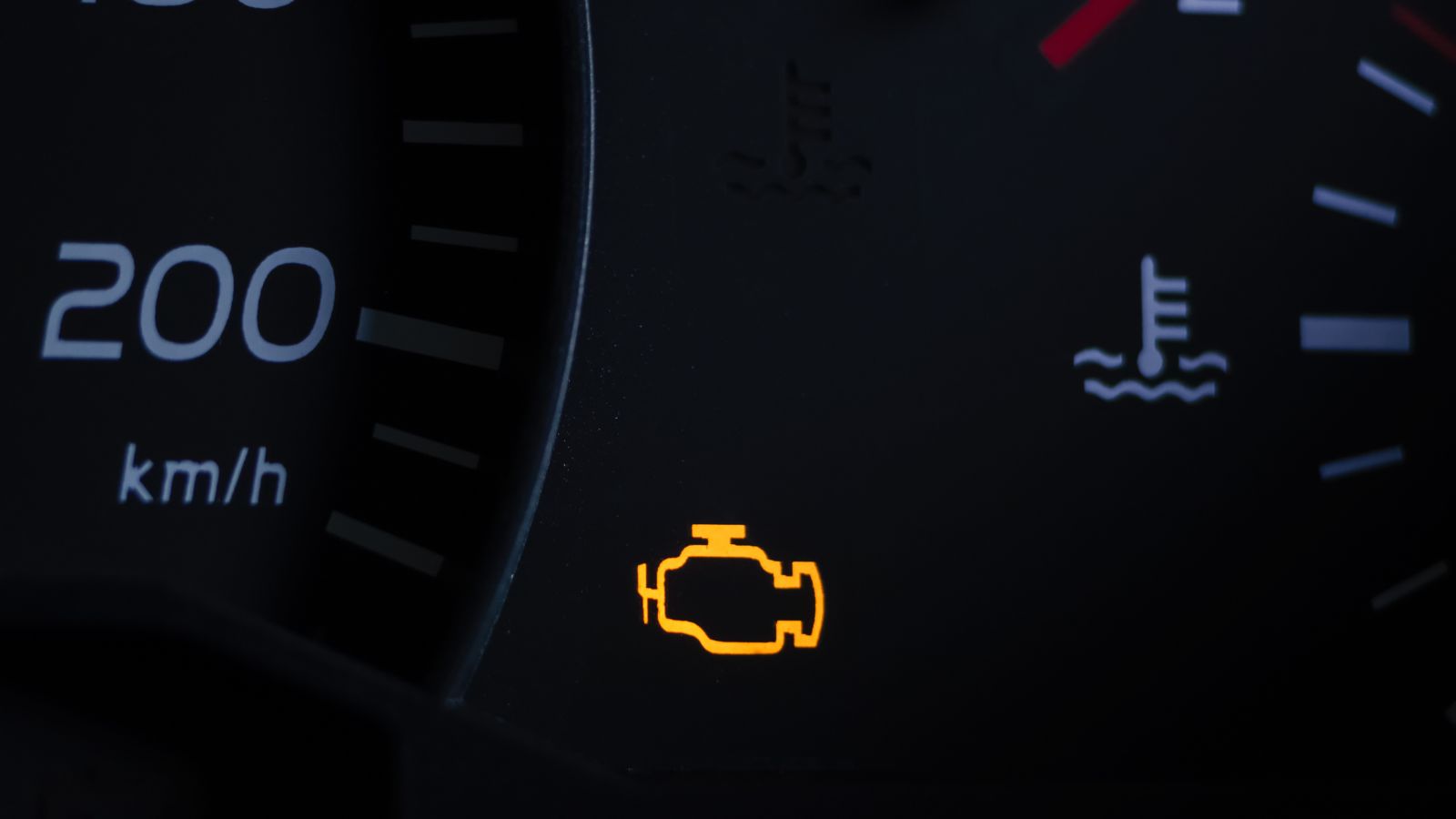
The worst habit of all is pretending nothing is wrong when the car clearly tells you otherwise. A check engine light, squealing brakes, or knocking engine noise should never be ignored. Waiting often turns a minor 200 dollar sensor replacement into a 2,000 dollar catalytic converter repair, or a 500 dollar brake job into a full 1,500 dollar system rebuild. Acting early always saves money.
25 Facts About Car Loans That Most Drivers Don’t Realize

Car loans are one of the most common ways people fund car purchases. Like any other kind of loan, car loans can have certain features that can be regarded as an advantage or a disadvantage to the borrower. Understanding all essential facts about car loans and how they work to ensure that you get the best deal for your financial situation is essential. Here are 25 shocking facts about car loans that most drivers don’t realize:
25 Facts About Car Loans That Most Drivers Don’t Realize
